Join 7,000+ LLB students from 20+ UK universities
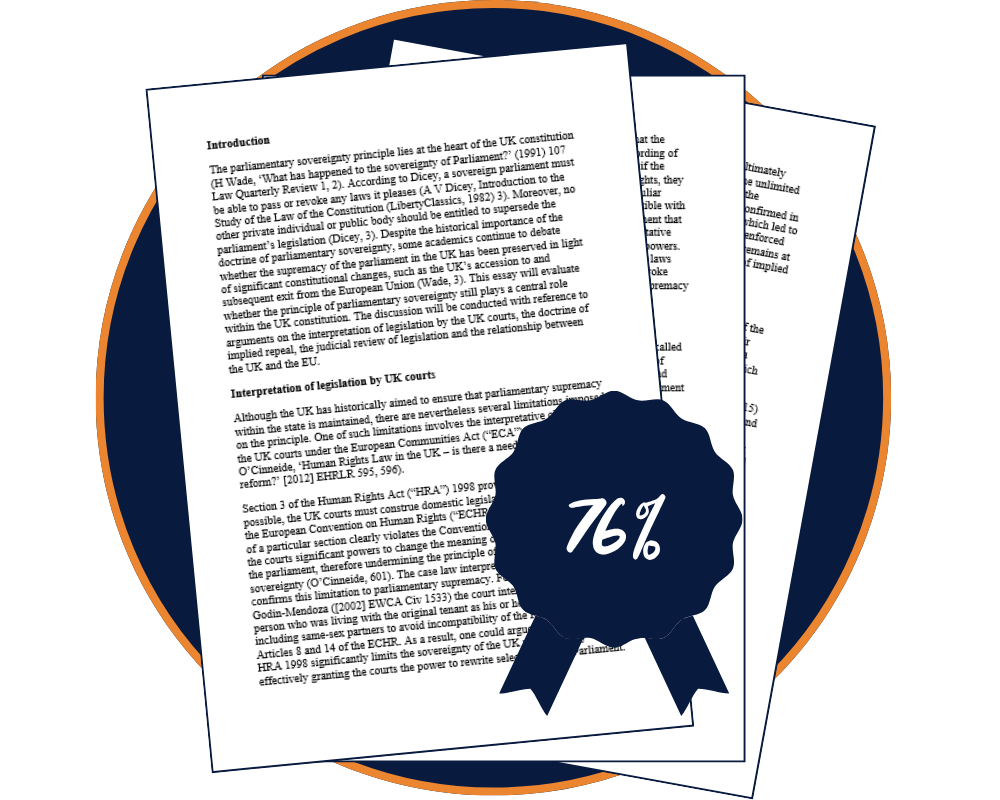
Use a proven approach to law essay writing that helped thousands of students
- Designed by a former Senior Lecturer in Law and online UK LLB tutor with 10+ years of teaching experience
- Uses a successful approach to essay writing that helped over 7,000 LLB students in the past
- Trains you to follow the best practices for writing law essays to help you get a first in all your assignments
Avoid common problems with law essays that prevent you from getting a first
- Gives your essays a first class structure that makes your arguments flow effortlessly and link well to the central argument in your assignment
- Tells you the right number of cases, statute sections & journal articles for your essay depending on the essay length and format
- Teaches you how to critically evaluate and analyse case law and statute sections in your law essays to get a first
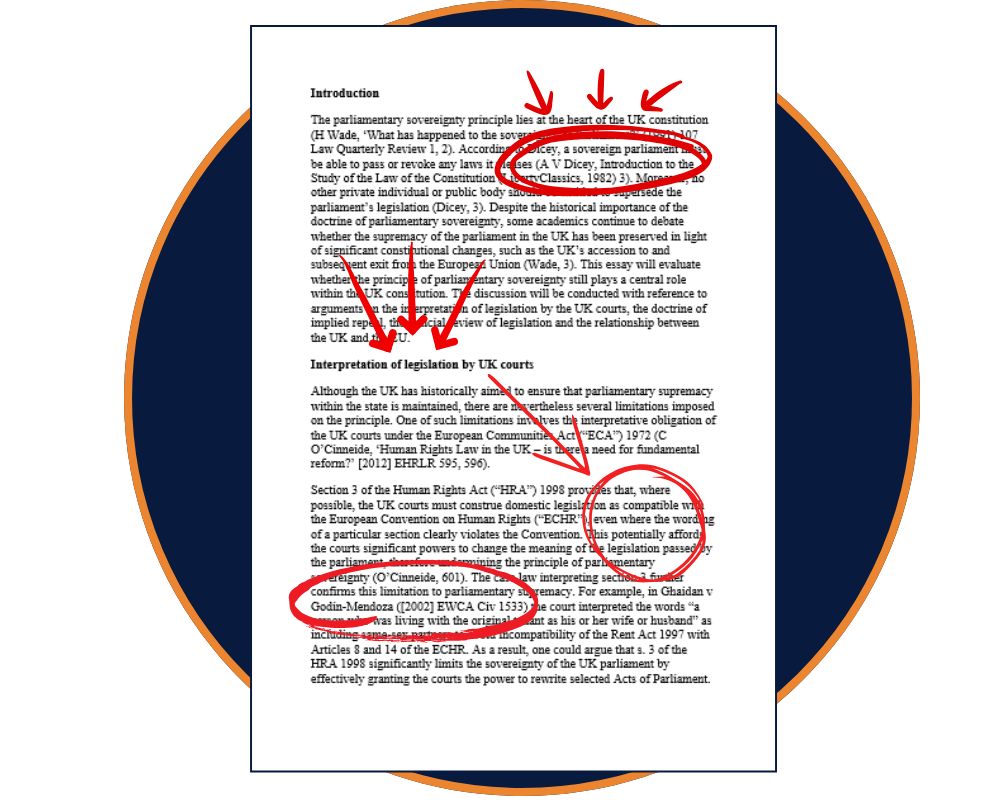
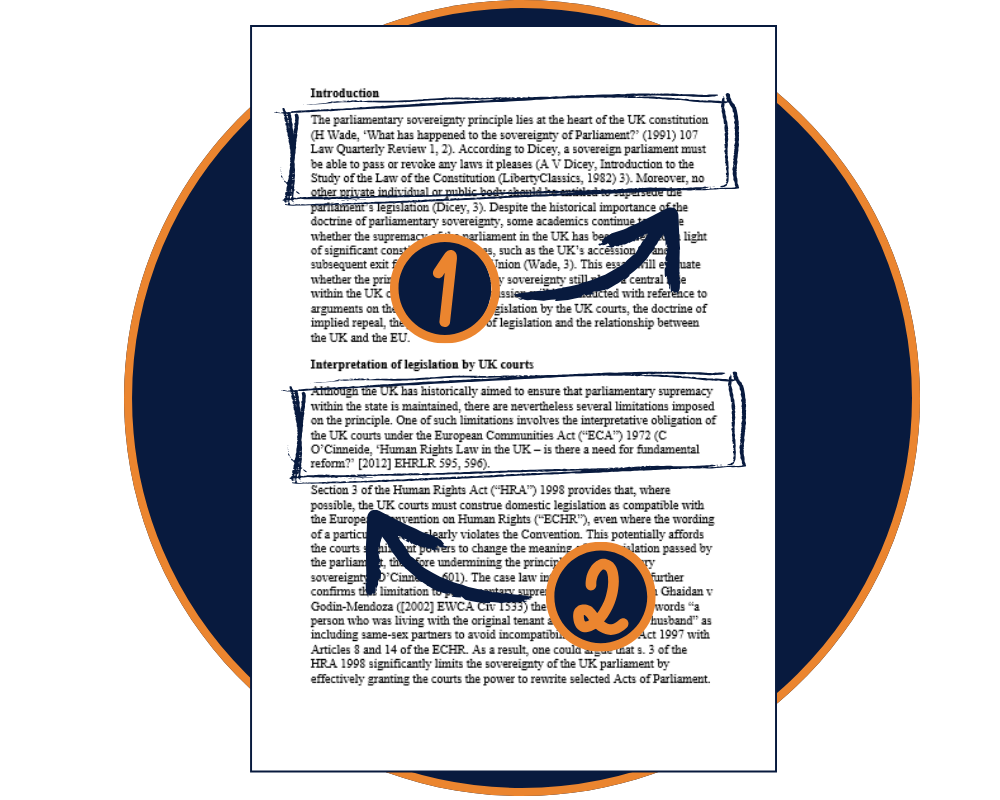
Get step-by-step guidance so you never get stuck
- Gives you detailed instructions on how to write each paragraph in your law essay, so you never have to wonder if you’re doing the right thing
- Selects the right number of headings for the main body of your assignment, which translates into a well-structured essay
- Helps you answer each question asked the correct way to maximise your chances of getting a first
Quick look inside
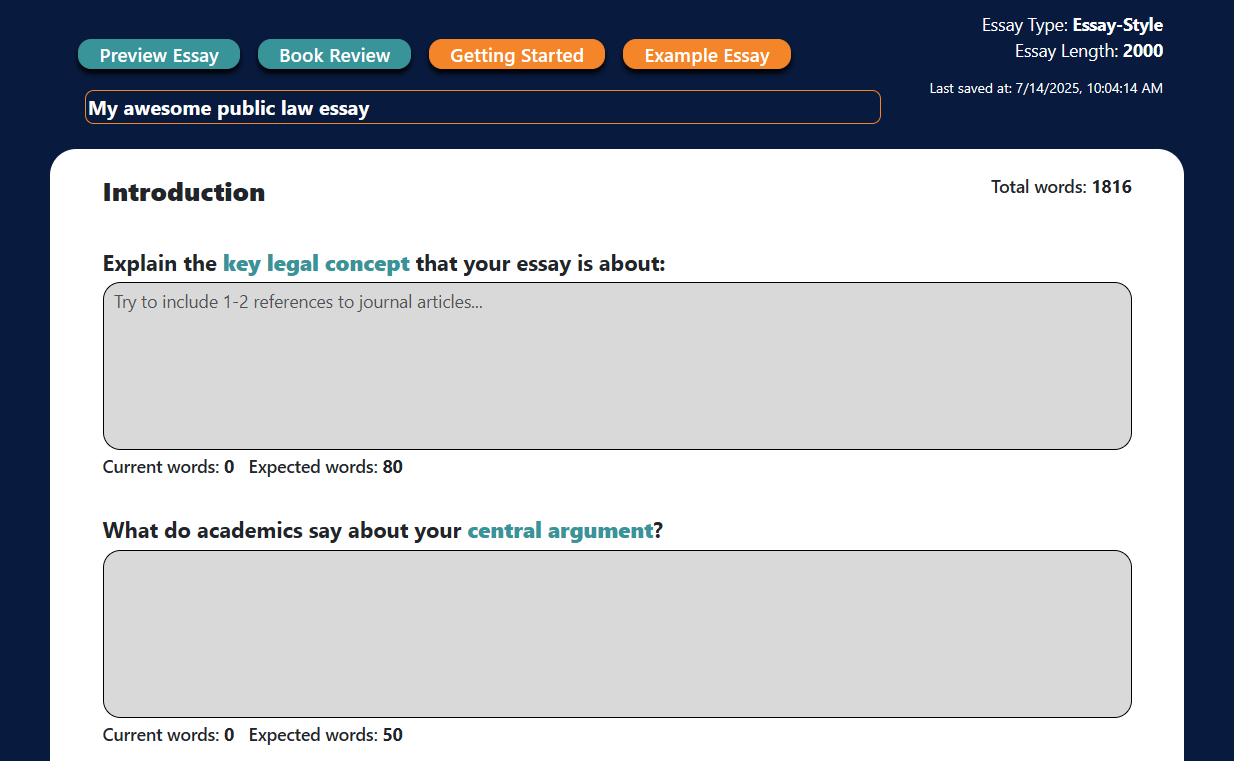

Have a quick look inside the tool ⚡
Simple to use, great results
1. Choose the law essay type and word count
Select in the Law Essay Builder the expected word count of your assignment and confirm if you’re working on an essay-style or a problem-style coursework. If you’re working on a problem-style essay, then choose the number of legal issues in your problem scenario.

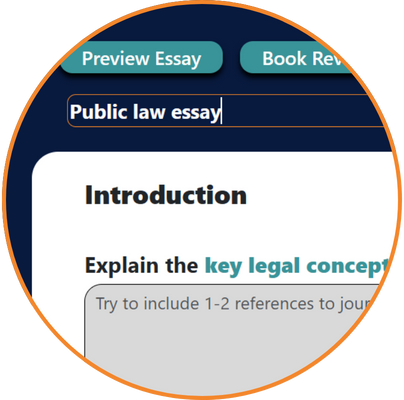
2. Name your law assignment
This step is simple. Choose a name for your law assignment that will help you find it in your profile whenever you take a break from your essay writing.
3. Answer the tailored questions
The introduction, the conclusion and each heading within your essay will be broken down into questions specifically formulated to help you get a first in your assignment. Guidance is provided on each question to make sure you get plenty of support.
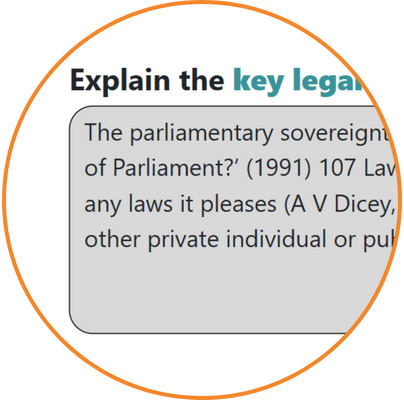
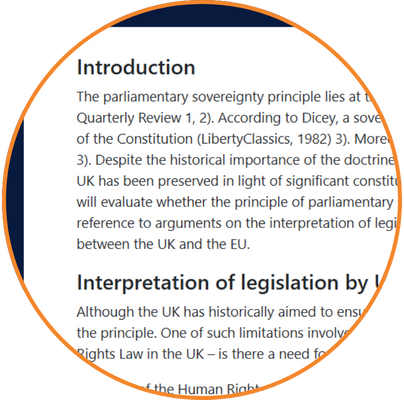
4. Preview your law coursework
See how your essay is coming along at any point during the writing process by clicking the “Preview” button.
5. Download your ready law assignment
When your essay is ready, download it in .docx or .pdf format, add your bibliography and you’re ready for submission!
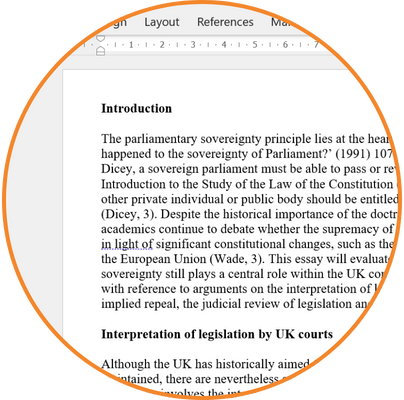
Find out more in less than 3 minutes
- 📘 Full Essay Builder Access – worth £249
- 💬 20% off on Expert Essay Reviews (save £300+)
- 🧠 Saves you 25+ hours on each assignment
- 🎓 Helps boost grades by 15–20%
All for £249. One-time payment. No subscriptions. Lifetime access.
Get help with your law assignment now
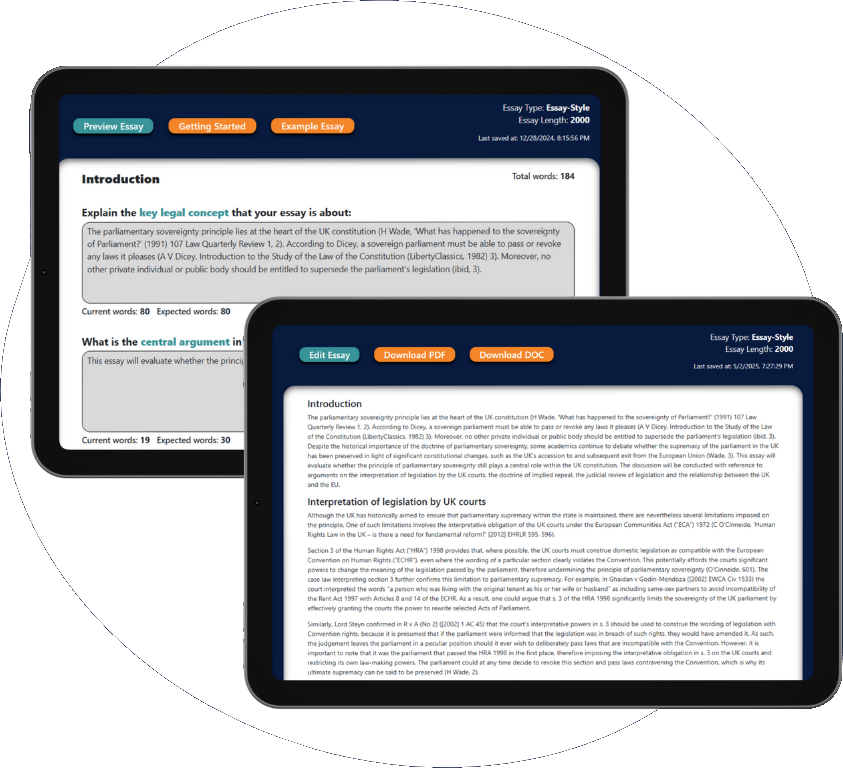
Choose essay type:
Choose essay word count:
Choose number of legal issues:
Students choose the Essay Builder over ChatGPT
| 🎓 1stClassLLB Essay Builder | ⚫️ ChatGPT | |
|---|---|---|
| Built for UK LLB Modules | ✅ Yes – tailored for law essays | ❌ No – generic AI output |
| First-Class Essay Structure | ✅ Step-by-step & citation-ready | ❌ Needs manual prompts |
| Legal Case & Statute Guidance | ✅ Tells you how many to include | ❌ No source limits or guidance |
| Paragraph-by-Paragraph Prompts | ✅ Specific to intro, body, etc. | ❌ Vague general structure |
| No Prompt Engineering Needed | ✅ Just answer smart questions | ❌ Requires trial & error |
| Aligned With UK Marking Criteria | ✅ Designed by ex-law lecturer | ❌ Not syllabus-aligned |
| 100% Plagiarism-Free Drafts | ✅ Your words, your insights | ❌ Can copy content unknowingly |
| Saves 25+ Hours Per Assignment | ✅ Real-time, structured writing | ❌ Rewriting usually needed |
| Improves Grades by 15–20% | ✅ Proven by 7,000+ students | ❌ No track record or stats |
| One-Time Payment – £249 | ✅ Lifetime access | ⚠️ Free, but time-draining |


















